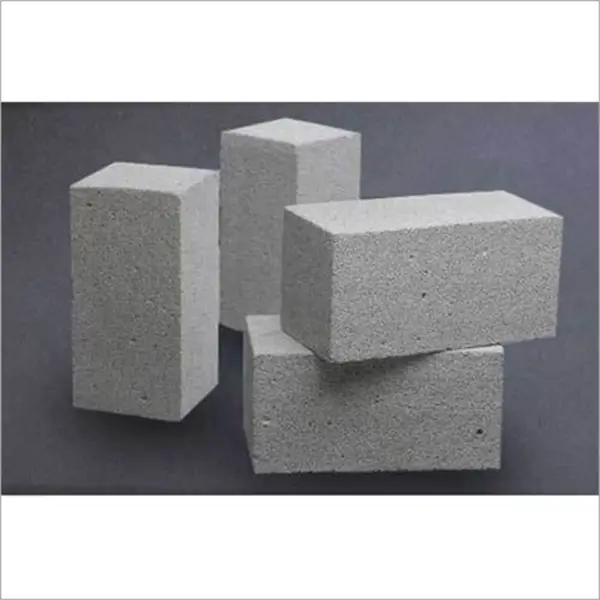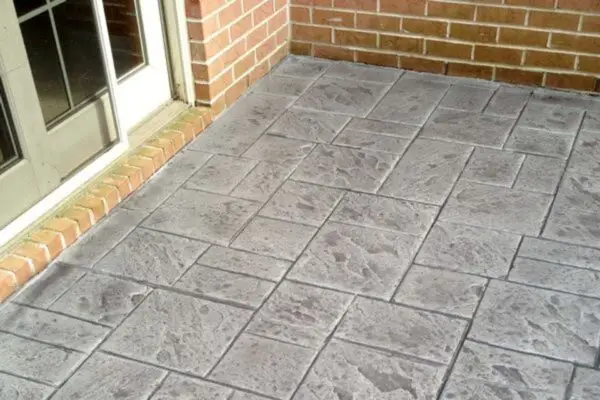Concrete restoration refers to the process of repairing damaged or deteriorated concrete to restore its structural integrity and original appearance.
Concrete structures like driveways, garages, patios, and commercial buildings are constantly exposed to heavy use, extreme weather, and other environmental factors that can cause cracks, pitting, and deterioration over time.
While concrete repair methods can patch isolated issues, more extensive damage calls for concrete restoration to bring the structure back to original design strength and appearance
It goes beyond basic concrete repair by focusing on aesthetic improvements and extensive repairs to enable long-lasting restoration. Proper restoration is often necessary to increase the longevity of concrete structures.
What is Concrete Restoration
Concrete restoration involves complex repairs and resurfacing techniques to fix widespread cracks, spalls, pitting, and other deterioration issues.
The goal is to strengthen the concrete’s internal structure and improve its outward appearance. It may entail repairs to the concrete substrate, installation protective surface treatments.

Concrete Restoration vs Concrete Repair
- Scope – Concrete restoration tackles widespread damage across large areas and may involve extensive repairs. Concrete repair addresses isolated, minor issues.
- Damage Level – Restoration handles severe deterioration issues and structural instability. Repair involves small surface defects like single cracks and spalls.
- Process – Restoration focuses on in-depth renewal of damaged concrete prior to resurfacing. Repair mainly entails quick patchwork.
- Solutions – Restoration employs engineered solutions tailored to structure type and extent of damage. Repair uses generic materials and methods.
- Resurfacing – Applying protective resurfacing compounds is integral to restoration work. They are rarely used in basic repairs.
- Reinforcing – Adding reinforcements to strengthen and stabilize concrete is common in restoration but generally not done for minor repairs.
- Specialization – Restoration requires experienced contractors. Basic repair projects can be taken on by general concrete workers.
- Costs – Because of its scale and complexity, restoration typically costs significantly more than isolated concrete repairs.
- Priorities – The focus of restoration is structure renewal plus aesthetics. Repair priority is purely functional fixes.
- Longevity – When done properly, restored concrete can last decades. Repairs have shorter lifespans before issues reappear.
The terms may sound interchangeable but concrete restoration and repair are markedly different in approach, scope and solutions. Understanding their unique aspects is vital for appropriate concrete surface renewal.
Necessity of Concrete Restoration
There are several reasons why concrete restoration becomes necessary:
- Rehabilitate strength and appearance of decades-old concrete
- Correct problems that exacerbate deterioration
- Improve freeze-thaw resistance in cold climates
- Upgrade exterior concrete to better withstand environmental factors
- Halt moisture intrusion and prevent further damages
Undertaking appropriate restoration adds decades of life to concrete surfaces. It’s a cost-effective alternative to full replacement of structures.
Concrete Restoration Methods
Here is an overview of some of the most common concrete restoration methods:
Crack Repair
Cracks in concrete compromises structural integrity and can lead to further deterioration if left untreated. Common crack repair techniques include:
- Epoxy injection – seals hairline cracks by injecting epoxy adhesive
- Routing and sealing – widens cracks and seals with joint sealants
- Stitching – stainless steel ties stitch cracks together
- Gravelling – impacts a vibratory tool to densify cracks
Resurfacing
Resurfacing renews the appearance and surface durability using coatings like:
- Concrete overlays – bonding a new layer of concrete overlay
- Cementitious resurfacing – applying special cements for resurfacing
- Epoxy coatings – high solids or liquid flush epoxy
- Polymer overlays – bonded polymer layers like acrylic or polyurethane

Structural Reinforcement
Reinforcing deteriorated concrete adds strength and long-term stability:
- Rebar – steel rebar reinforcement for structural stability
- Fiber reinforcement – microfibers, macrofibers, glass fibers
- Shotcrete – pneumatically applied concrete layer
- Carbon fiber reinforcement – lightweight, high tensile strength
Architectural Resurfacing
Artistic finishes can restore aesthetics on horizontal surfaces:
- Stamped overlays – textured and imprinted pattern
- Stained concrete – semi-transparent liquid dyes
- Engraved patterns – decorative etched designs
- Polished concrete – ground and polished to sheen
The appropriate restoration method depends on the type and extent of concrete deterioration and end goals of the project. A combination of techniques is often utilized for wholescale remediation and renewal of compromised concrete surfaces.
Materials Used for Restoration
- Epoxy – Used for crack injection, gravity-feed repairs, bonding new concrete
- Cementitious resurfacing compounds – For resurfacing damaged slabs
- Latex modification agents – Improves bond, tensile strength & flexibility
- Aggregates – For architectural resurfacing of horizontal surfaces
- Reinforcements – Rebar, polymers, macro fibers to structurally enhance concrete
The materials used are higher-grade than regular concrete and provide targeted restoration capacities.
Applications of Concrete Restoration
Concrete restoration techniques are used to repair and strengthen all types of concrete structures:
Driveways
Concrete driveway restoration remedies issues such as:
- Cracks, pits, and crumbling from freeze-thaw cycles and use
- Settlement spots causing unevenness
- Scaling and delamination reducing surface integrity
- Joint and edge deterioration allowing moisture ingress
Typical driveway restoration employs crack repairs, bonding agents, resurfacing with cementitious overlays, and resealing joints.
Patios
Patios can succumb to cracking, staining, and other wear issues from long-term exposure to weather and use. Patio restoration may incorporate:
- Substrate cleaning, crack repairs, and leveling
- Enhancing slip resistance
- Resurfacing options like decorative architectural finishes
- Improving drainage and/or slope
Foundation Walls
Concrete foundation issues like cracking, leaking, bowing can undermine structural stability. Foundation restoration utilizes:
- Injecting epoxies into cracks
- Reinforcing walls with carbon fiber or rebar
- Sealing leaks with hydraulic cements and waterproof coatings
Commercial Buildings
Buildings routinely undergo concrete restoration and architectural rejuvenation of:
- Facades
- Canopies
- Support beams and columns
- Parking garages
- Other vertical and horizontal structural elements
Common commercial building techniques include coatings, overlays, cathodic protection systems, structural reinforcement, and customized solutions tailored to building needs.
Key Considerations
Some best practices for effective concrete restoration projects:
- Repair underlying problems before resurfacing
- Work with specialized contractors experienced in restoration
- Use the most suitable methodology for repair area
- Prepare substrate appropriately before applying resurfacing
- Follow procedures correctly including proper curing methods
- Conduct regular maintenance of restored structure
Conclusion
Concrete restoration employs advanced repair and resurfacing techniques to fix widespread damage and deterioration issues. It restores structural integrity, improves aesthetics, and provides long-term resilience against future damages.
With the right approach and techniques, contractors can restore the structural capacity, weather-resistance, and aesthetic appeal of worn concrete for decades more service life and making it very cost-effective compared to full replacement.







